Apple iPad Pro (2020) review: still a pro tablet worth buying?
The 2020 iPad Pro still holds its worth, thanks to an elite screen, beautiful design, and powerful apps. But there is a more powerful 2021 model to consider too...

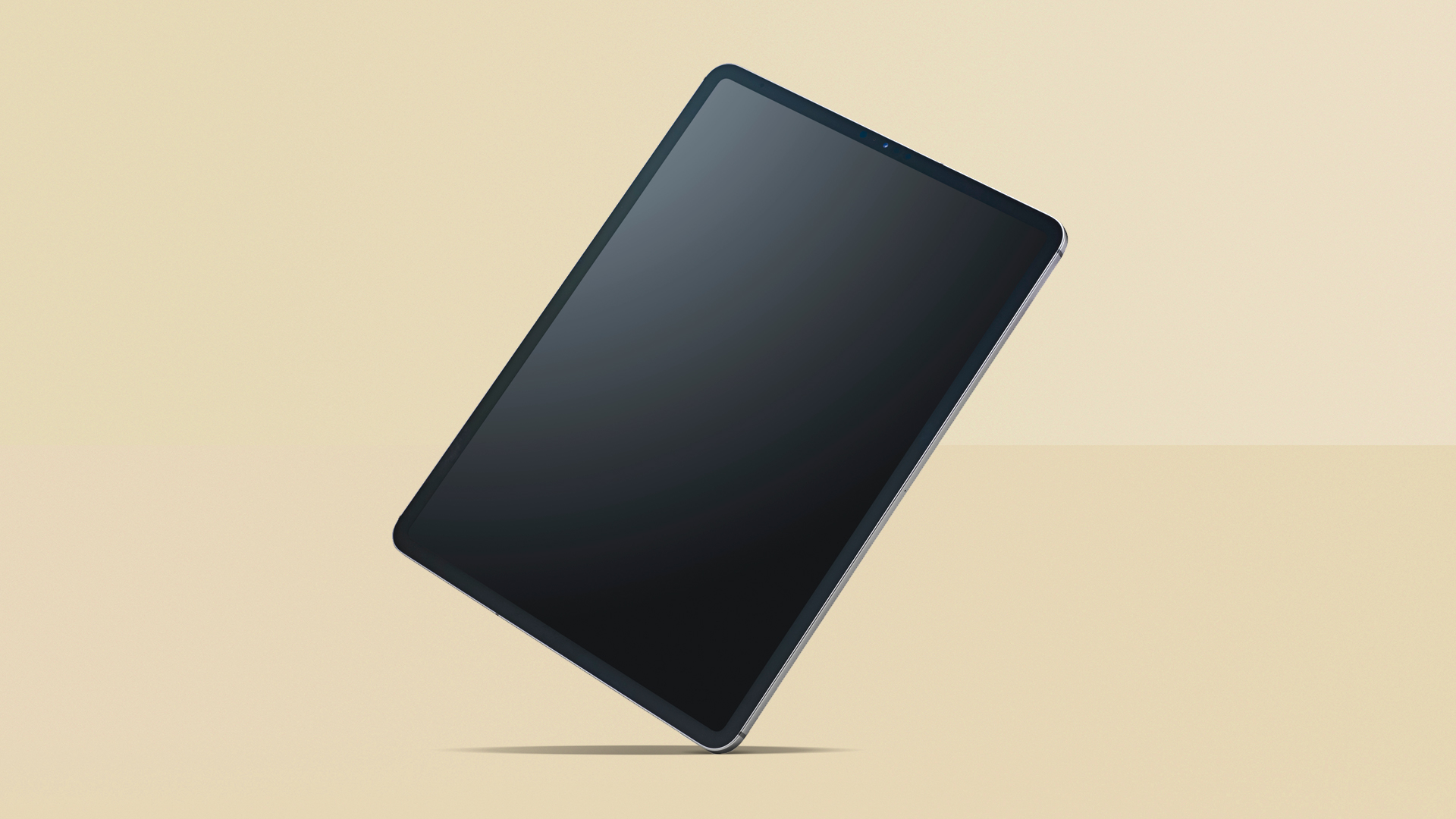
The iPad Pro (2020) is still a great tablet, with a fantastic screen, pro power to laptop levels, and a premium design. But it will be overkill for most people compared to the excellent iPad Air.
-
+
Gorgeous screen with 120Hz
-
+
Apple Pencil 2 is great
-
+
So much power and speed
-
+
iPadOS gets more and more capable
-
-
Some pro workflows will struggle
-
-
Face ID positioning can be awkward
-
-
Magic Keyboard accessory is too expensive
Why you can trust T3

The iPad Pro (2020) is still among the best tablets you can buy right now, if money's no object – and that's still true despite the introduction of the even more powerful 2021 iPad Pro models.
Not to start the review at the end or anything, but that's the deal. The combination of power, features and design here is superb. Our review unit was the 12.9-inch iPad Pro, but pretty much all of this review applies to the smaller 11-inch iPad Pro, with only the screen bringing a significant difference.
No, the question for this review is whether the iPad Pro is the best iPad for you compared to the excellent iPad Air (2020), iPad Air (2022) or even the cheaper iPad 10.2 (2020), given how much more it costs. From its improved screen, to its custom processor with extra memory, to its dual-camera setup with LiDAR, to its smart speaker array, we'll explain why the iPad Pro is so good, but also who will actually benefit from these features.
It may even be that for your specific needs, something like the Microsoft Surface Pro 7 would work better, especially if you're looking for something that's as much direct laptop replacement as tablet. We'll also talk about Apple's Magic Keyboard, which pretty much turns the iPad into a laptop while you use it, so you can see if that's a sold-separately add-on you need.
iPad Pro (2020) review: Price & release date
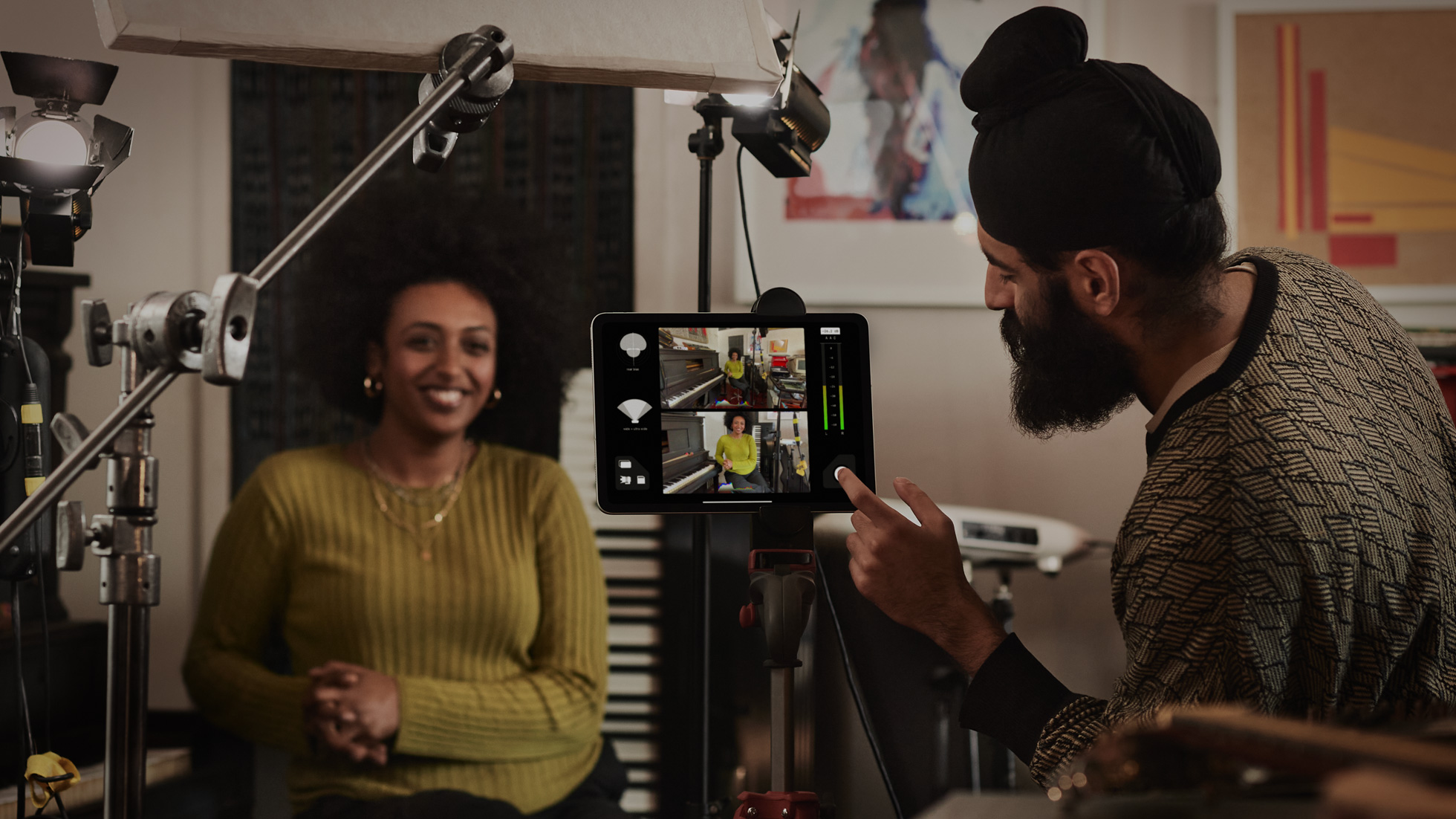
The 2020 iPad Pro was released on March 25th that year. Around 18 months before the iPad Pro 2021 arrived.
The iPad Pro 11-inch starts at £769/$799/AU$1,329 for the 128GB Wi-Fi model. You can also get it with 256GB of storage for £869/$899/AU$1,499, 512GB for £1,069/$1,099/AU$1,839, or a hefty 1TB of internal storage for £1,269/$1,299/AU$2,179.
The iPad Pro 12.9-inch starts at £969/$999/AU$1,649 with 128GB of storage, or it's £1,069/$1,099/AU$1819 for 256GB, £1,269/$1,299/AU$2,159 for 512GB, and £1,469/$1,499/AU$2,499 for 1TB.
Both models offer either Wi-Fi only models, or versions with 4G connectivity built in. These cost £150/$150/AU$250 more than the Wi-Fi only version.
Those are the official prices – you find the latest deals here.
iPad Pro (2020) review: Design & cameras

The current iPad Pro uses the same design as the 2018 version, though it looks just as sleek and modern now as then. It's a nearly all-screen front, with just a bit of bezel at the edge, with rounded corners that include a matching curve on the screen, making the screen and body feel all like one design in a way that not many gadgets manage.
The sides are flat, and then there's a totally flat back, save for a bump where there dual-lens camera sits, very much like the iPhone 12 and iPhone 12 Pro. Both versions are the same 5.9mm thickness, and it feels really impressively slim in-hand, especially on the 12.9-inch model. The sides and back are all aluminium, and the front is all glass, so it feels truly premium.
At one end is the sole port: a USB-C socket. It's for charging, but also works just as a USB port, and you connect everything from storage to monitors and hubs. What you don't get here is a 3.5mm headphone jack, which feels like a big miss for a pro machine that could be ideal for musicians. Apple specifically cited this as a reason for keeping a 3.5mm jack on the MacBook Pro, so the same should apply here.
There's a small set of volume controls in one corner, and a sleep/wake switch just next to that, though generally you'll just turn it on by tapping the screen. There's no clearly visible right way to hold this device, which in some ways brings it closer to the ideal of the iPad being something you can use in any configuration… but there's a problem in practice.
The iPad Pro uses Face ID security, which works great on the iPhone (when you're not wearing a mask) because of how you tend to hold a phone. On the tablet, it's very much a mixed bag. There's only one Face ID sensor, and it's on one of the iPad Pro's narrower ends. I tend to use the iPad Pro in landscape most of the time, which means I'm usually holding my hand over the middle of one of the short sides, which gives me a 50/50 chance of it being the end with the Face ID sensor in. But even if you pick it up in portrait, there's a 50/50 chance of the camera being at the bottom where it can't see your face.
If the Face ID sensor is obscured, an arrow flashes up on the screen to tell you where it is, but honestly I'm barely focused at the screen when I aim to unlock a device these days, because it happens so smoothly on iPhone. And if the tablet is resting flat on a table and you just want to activate it to reference something quickly, it won't be able to see you then, either. Over time, you get used to just telling which way it the correct way up by keeping an eye on the side buttons, but there's definite room for improvement here.
The one exception is when you have the iPad Pro on the Magic Keyboard, or another kind of desktop mount. When it's set up like that, it always has a clear view of your face, which mostly drives home how good it would be to have Face ID on Apple's laptops.
There is a second issue with the positioning of the Face ID camera: it's also not great for video calls. Again, it's fine in portrait, but if you hold the iPad in landscape or have it on the Magic Keyboard, it's waaaay off to the side. You're looking at the screen, but you look like you're distracted by the TV in the background or something. The iPad Pro is begging for second forward-facing camera on one of the longer edges.
Quality from the forward camera is good – it's capable of Full HD video at up to 60fps, and takes 7MP stills with the option of Portrait Mode, thanks the Face ID scanning tech.
The dual rear cameras are one of the better systems you'll find on a tablet, with a regular 12MP wide-angle lens as well as a 12MP ultra-wide lens – the same configurations as the iPhone 11 and iPhone 12. You've got video recording at up to 60fps with either lens, and all kinds of smart Apple processing. The quality is not as strong as the latest iPhones offer, but is good for a tablet no doubt.
There is a LiDAR sensor on the back camera array, just like the iPhone 12 Pro, but unlike the iPhone it doesn't help the camera with autofocus or Portrait mode accuracy. It's for augmented reality, and helps to make scanning distance or surfaces much more accurate for applications that use this. It's part of the 'pro' pitch of the iPad Pro – for some applications, it's extremely useful, but it's very niche for that reason.
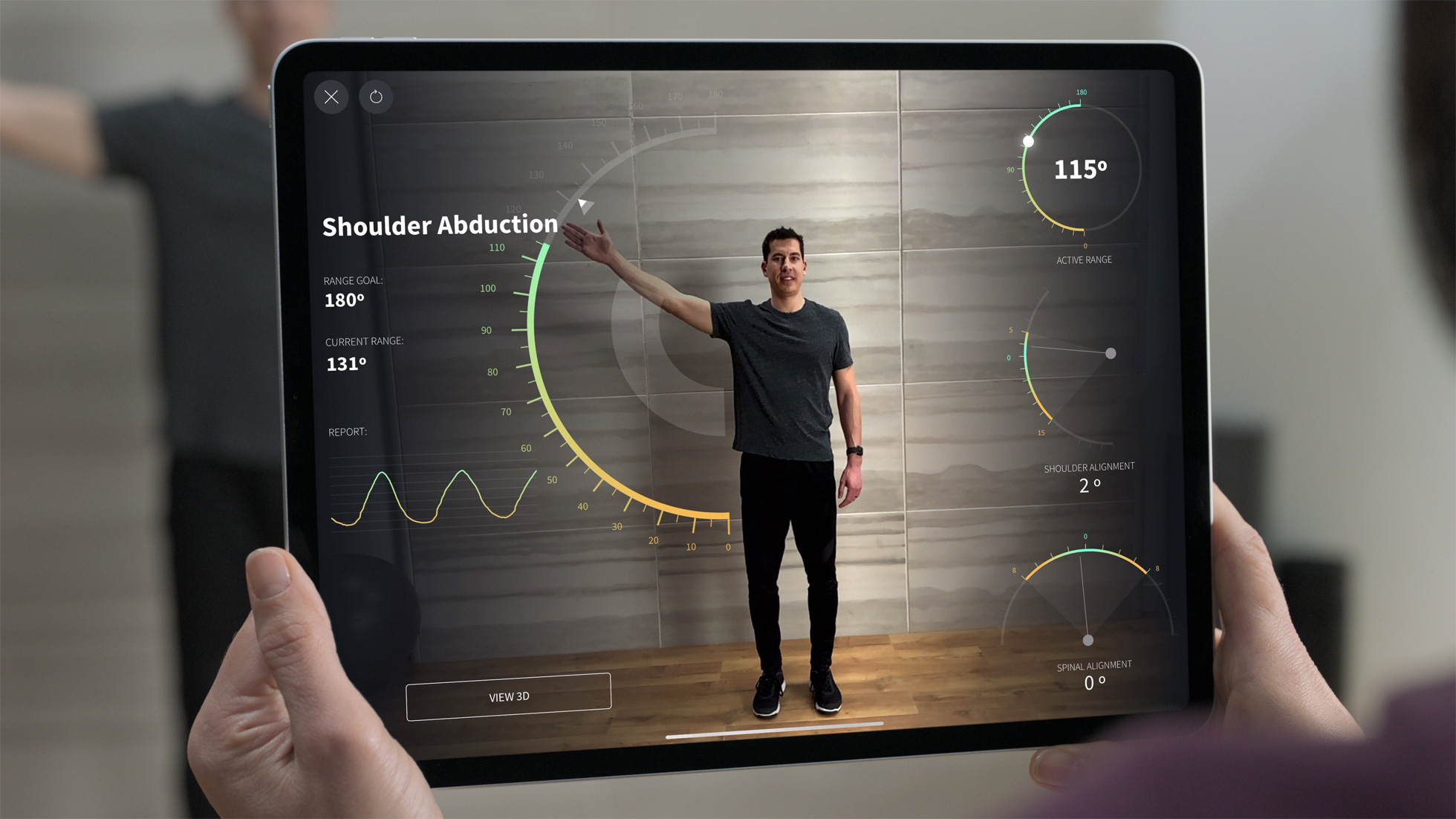
Using the LiDAR sensor enables really accurate scanning and analysis of the real world.
iPad Pro (2020) review: Screen, Apple Pencil & speakers
The screen is one of the most important parts of the iPad Pro, and Apple has really nailed it here. The 11-inch iPad Pro includes a 2388x1668 display at 264 pixels per inch; the 12.9-inch iPad Pro includes a 2732x2048 display, again at 264ppi.
In terms of pure sharpness, that's some way behind the latest top-end iPhones or Android phones, but you're not intended to hold a tablet quite as close as a phone, so it looks perfectly well detailed and clear in practice.
At 600 nits of brightness, the screen is brighter than most laptop displays (including the MacBook Pro M1), and a low reflectivity of 1.8% helps to make it clear enough to use even in sunlight. However, despite being brighter than a lot of monitors or laptops rated for HDR, there's no HDR video support here at all. What you do get is support for the P3 wide colour gamut, though.
In combination, it all makes the display really impressive. It's an LCD display, so it doesn't have quite the same deep contrast as the OLED screen you'd find on Samsung's high-end tablets, but it does offer incredibly colour accuracy and visibility even at angles.
It also supports ProMotion, which is Apple's name for having a refresh rate of up to 120Hz. The iPad Pro intelligently adjusts its frame rate depending on what you're doing – start scrolling a page and it will increase it for smoother animation. Watch a video and it will adjust the refresh rate just to match the video, saving battery.

The main use for the 120Hz screen is for drawing with the Apple Pencil 2, which is unchanged here from the previous version, and so still works excellently. The Apple Pencil 2 has a lovely matt finish and solid feel like a real pencil, and connects magnetically to one of the iPad's flat edges for storage and wireless charging.
It's also pressure sensitive, and has a kind of 'button' on the side: you can double tap its flat edge to trigger a command, such as bringing up the tool palette or undoing the last line.
When you draw with the iPad, you'll get a 120Hz refresh rate on the screen, because then you're seeing the results of your movements more quickly, which helps with accuracy and fine detail. It's easily one of the best digital drawing experiences around, and the plethora of excellent iPad drawing apps only helps with that.
The iPad Air also offers Apple Pencil 2 support, and the only real differences between them are that the Pro's screen is brighter, includes 120Hz support, and offers the option of a bigger 12.9-inch canvas. Again, that's the 'pro' difference here – small but niche option that are a big deal to those who'll make use of them.
The speakers are another element where the iPad Pro beats its siblings: it has a truly impressive four-speaker setup, with one in each corner. The iPad adjusts which speaker is putting out which frequencies depending on how you hold it, while also throwing in a genuine stereo effect. It's loud powerful and surprisingly rich.
iPad Pro (2020) review: Software & Magic Keyboard
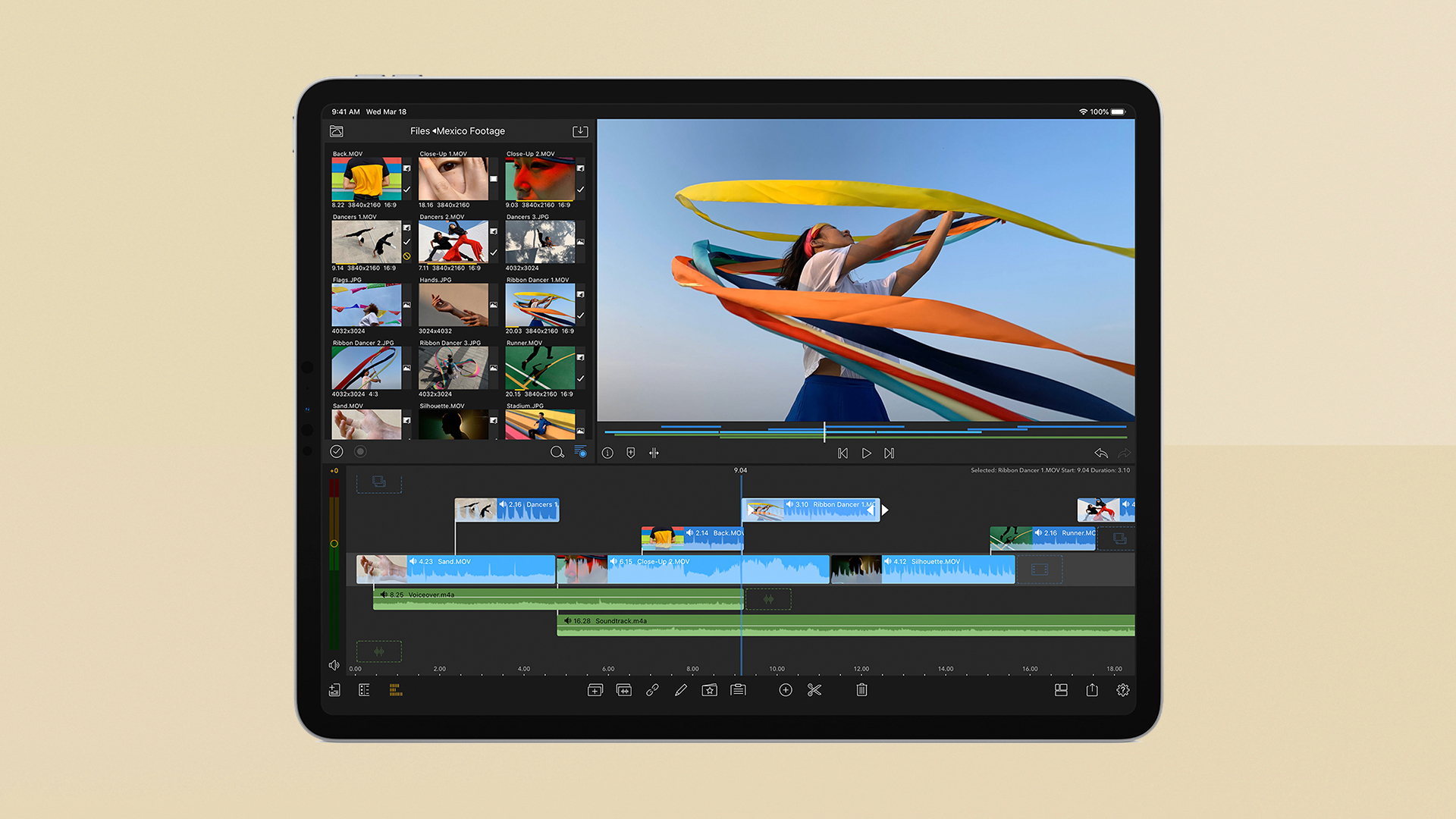
iPadOS lies at the heart of why the iPad is so good, but is also where the iPad Pro hits its limitations. It's fast, it's reliable, and it has a truly impressive range of apps that take advantage of the touchscreen. It's also grown to have impressive multitasking options, good file management, solid accessory support over USB-C, and really smart stylus support.
You can run apps just one at a time (like the iPhone) or run apps side by side, or even pop-up an app quickly over whatever you're doing, and then dismiss it. You can have two different 'windows' of the same app side by side. You can drag files or images from one app to another.
With the Apple Pencil, you can now handwrite into text boxes and have it converted to plain text, making it easier to use on the move – and you can now copy and paste any handwritten text into a text document, so it's generally more useful for note-taking.
Overall, the iPad Pro is smooth, fast and capable to use. It only has issues when you really get into looking at it as a laptop replacement, because not every workflow will run smoothly. The multitasking, for example, works well mostly, but it's a little clunky to drag apps to a side of the screen to make it work, and I also find once you've created different 'spaces' of multiple side-by-side apps, switching between them is not really intuitive right now.
And as an example of another spot where I personally stumble, I find image editing for my work on T3 much easier on desktop than on iPad – some of that is down to the specific features of the available apps, and some is down to iPadOS, where creating and editing a series of images and exporting the resulting JPEGs into one folder together takes so many more steps on iPad than it does on Mac. It's not like everyone in the world needs to do this exact task, but we all have some similar little flow in our work that would annoy us if it were disrupted, and for all the power of the iPad Pro, it's still sometimes slowed by the simplicity in places of the software.
In some areas, there are things I think Apple can do to improve iPadOS (the Share menu, in particular, is creaking under its own weight at this point), but in others this is simply by design to make the overall experience of the iPad touch-friendly, and you just need to be aware that it may hold you back. In contrast, there are some areas where the direct interaction and tactility of using the touchscreen are preferential to doing something on a PC or Mac.
The iPad Pro now supports mouse and keyboard control too, but rather than just slap on a cursor, Apple has made it work a little more iPad-y. The cursor is a blue dot, generally, and it actually pulls itself to buttons and surrounds them, almost as if it's magnetic. I think it works well, and is an interesting rethinking of how a cursor exists in software – rather than just floating over it all, it's part of the interface itself – while still bringing in useful existing ideas, such as having the shape change to a line for text insertion. Also like on desktop, apps can actually have the cursor change into any other shape they want. It's not a revolutionary option right now, but it's really useful to have, especially when combined with keyboard shortcuts.
You can use pretty much any mouse and keyboard, though not all will support Apple's extra multitasking gestures. Right now, it's really designed to work best with the Apple Magic Keyboard.

Ah, the Magic Keyboard. It's a case that basically turns the iPad into a laptop. The iPad magnetically attaches to the top, and it folds up towards you when it's open so that the screen is basically hovering over the back of the keyboard.
The keyboard quality is excellent – great feedback, good amount of travel – and the trackpad size on the 12.9-inch model is just right (it's maybe a tad tight on the 11-inch version, but understandably so). The Magic Keyboard also has a passthrough for charging, leaving the iPad Pro's lone USB-C port free for an accessory.
The problem is that it costs £299/$299/AU$499 for the 11-inch, and £349/$349/AU$589. It's just so much. It's the cost of an iPad 10.2 (2020). For a keyboard case that isn't a very good case – it only opens and holds the iPad at angles designed for typing, basically, so you can't do useful things like flip the case's front around the back and easily use the Pencil. And in the case of the 11-inch, I find that the iPad doesn't angle far enough back to be a totally clear viewing angle.
On top of it all, it comes in an extremely dull grey finish that picks up dirt like anything – it's amazing how scruffy it ends up.
When people have looked inside the Magic Keyboard, it turns out to feature elite engineering for its hinges to the point of overkill – much like the AirPods Max – which maybe explains its cost. And, like I said, the quality is pretty much impeccable. But it feels like when you're using it, you're committing your iPad being a laptop, rather than adding an accessory that makes your tablet even more versatile. And it weighs a ton while doing it.
It is so hard to recommend for all these reasons… but I also wouldn't be without it, as someone who likes to use an iPad for work on the go whenever possible. It's the best at what it does, I just wish it did it differently.
iPad Pro (2020) review: Performance & battery

The iPad Pro uses an Apple A12Z processor, and it's a sign of Apple's dominance in mobile performance that even though it's pretty much a chip from 2018, it's still at the head of the pack for raw power.
It's an eight-core processor, matching four high-power cores with four low-power ones. That's the same basic approach Apple takes in the new MacBook Air (M1) and MacBook Pro 13-inch (M1), and the chip here really does offer pretty high-end laptop levels of power.
There's also an eight-core graphics chip that's potent as well, and it's all matched with 6GB of RAM.
There's no question of the speed here – it's just astoundingly fast at anything you can throw at it. The only delays we've seen from it are when dealing with massive (hundreds of gigabytes) folders of short videos as it quickly tries to give previews of them all, and even then it's just a small pause.
Everything else has been smooth as butter mixed with olive oil, from 4K video editing, to image editing in split-screen alongside another app, to working on huge documents.
When it comes to battery life, Apple's usual target of 10 hours of light use (watching movies, web browsing) is given here, and that tracks with our experience of the 12.9-inch model. It outlasts most laptops comfortable, though as with anything else, it depends on your use – fire up the latest and greatest games and you'll chew through the battery in much, much less time. It comes with a fast-charging plug, and it's good that it uses USB-C charging rather than Apple's Lightning, so it's easy to top up as needed.
iPad Pro (2020) review: Verdict
When you add it all together, the 2020 iPad Pro is still among the best tablets on the market right now, even after the release of newer 2021 models.
As a laptop replacement, it still has a way to go – for some people, it'll work like a dream right now, but for others it has some hurdles you may or may not be prepared to clear. And to turn it into a convincing laptop, using the Magic Keyboard, means a big increase in price.
The only question is whether you necessarily need all of the little feature enhancements that make it 'pro' when compared to the iPad Air (2020) or 2022. The iPad Air is actually basically as fast as the iPad Pro thanks to having a newer Apple A14 or M1 processor, come in funky colours options, and is still compatible with the 11-inch Magic Keyboard.
We'd suggest that most people will be better off with the iPad Air, but if you want the best of the best, then the iPad Pro takes the win.
Sign up to the T3 newsletter for smarter living straight to your inbox
Get all the latest news, reviews, deals and buying guides on gorgeous tech, home and active products from the T3 experts
Matt is T3's former AV and Smart Home Editor (UK), master of all things audiovisual, overseeing our TV, speakers and headphones coverage. He also covered smart home products and large appliances, as well as our toys and games articles. He's can explain both what Dolby Vision IQ is and why the Lego you're building doesn't fit together the way the instructions say, so is truly invaluable. Matt has worked for tech publications for over 10 years, in print and online, including running T3's print magazine and launching its most recent redesign. He's also contributed to a huge number of tech and gaming titles over the years. Say hello if you see him roaming the halls at CES, IFA or Toy Fair. Matt now works for our sister title TechRadar.
-
 Leaked AirPods prototype looks like Nothing... literally
Leaked AirPods prototype looks like Nothing... literallyAnd we are here for them
By Britta O'Boyle Published
-
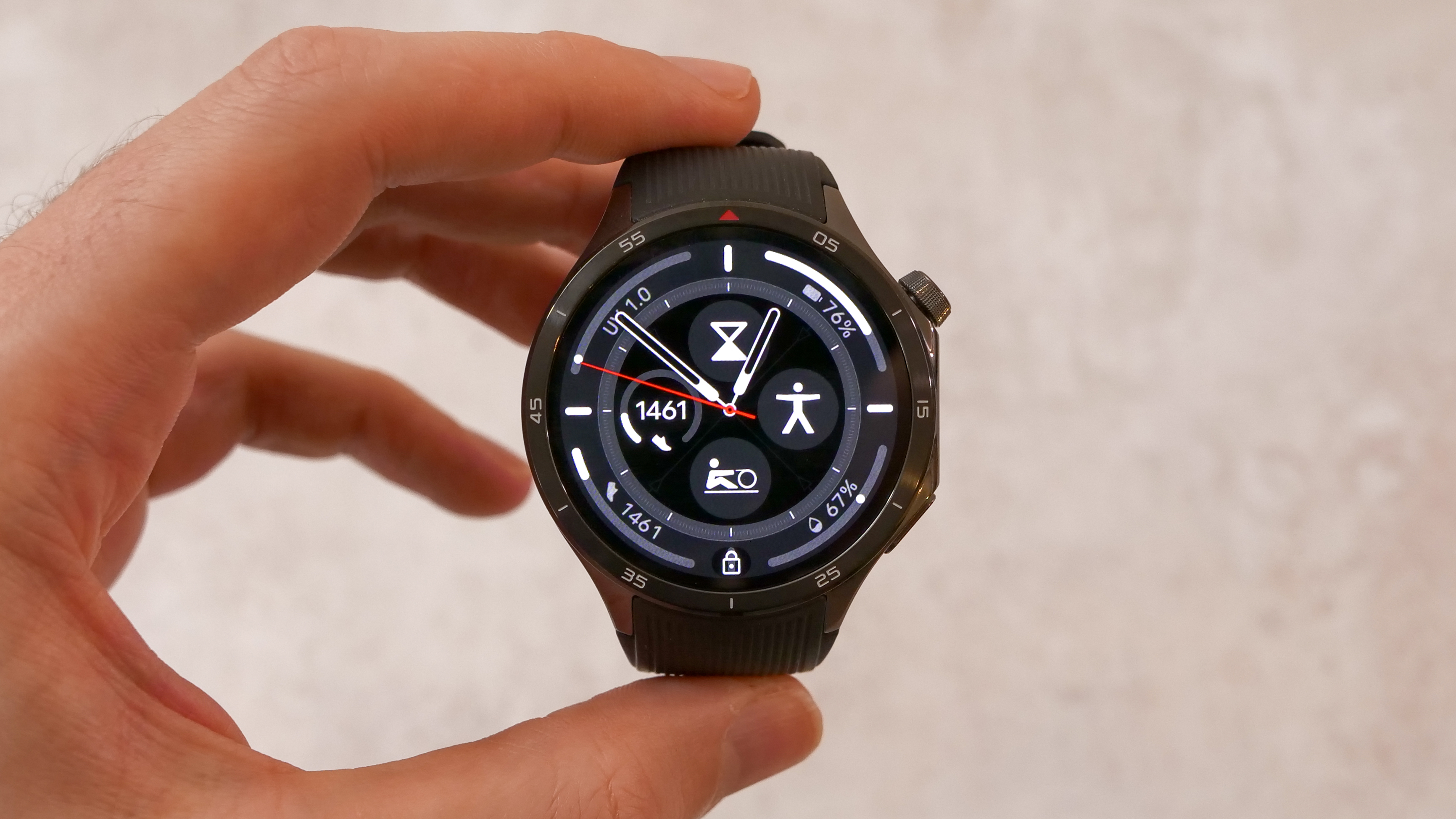 OnePlus Watch 3 lands in the UK with a flurry of freebies and a huge discount
OnePlus Watch 3 lands in the UK with a flurry of freebies and a huge discountThe new titanium-clad smartwatch brings 120-hour battery life, ECG health checks, and some serious launch offers
By Matt Kollat Published
-
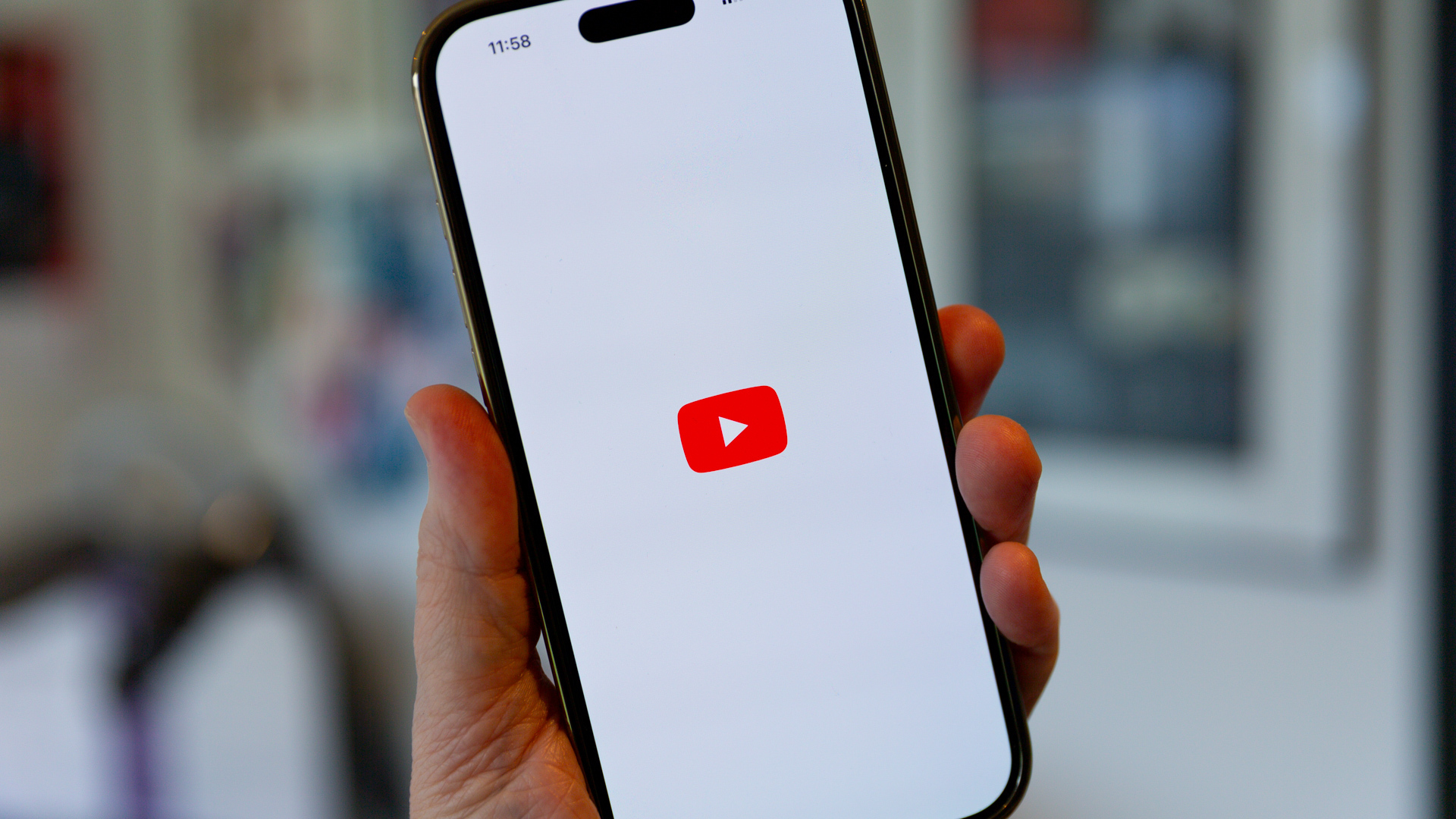 Future YouTube feature could put an end to your doomscrolling
Future YouTube feature could put an end to your doomscrollingAnd that's something we would love to see
By Britta O'Boyle Published